Visual Arts & Drama - Friday, 7 April 2023 – Good Friday, Year A
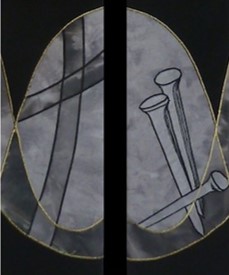
Decoration
On this day, all banners, pictures and statues, including crucifixes, are generally removed or shrouded with black or linen cloth. Use black or purple cloth to decorate the church. If there is a large cross as the focal point of the sanctuary, it may be draped in black or purple.
A large crown of thorns may be displayed, and perhaps one or two other strongly symbolic items of the crucifixion such as large nails or spear.
Flowers
Flowers could well not be used at all on Good Friday. However, if they are used, they could help to highlight the significance of the day, eg
– red flowers, with a black cross and thorns in the shape of a crown of thorns
– three black crosses with red flowers, a crown on two of the crosses representing Jesus and the repentant criminal, no crown on the third cross representing the unrepentant criminal
– a cross made with red flowers in Vulcan floral style in a black vase.
Candles to accompany the Passion According to St John
The following suggestion for a modified service has been used effectively by congregations during the reading of the long gospel on Good Friday (see the document attached on the readings page and in the Drama Resources below):
Prepare six candles on the bare altar, five shorter and one taller (note that, because the altar has been stripped, there are no other candles on it). Place the larger candle in the centre, and arrange the other five candles around it. All candles are lit at the beginning of the reading.
Read the gospel according to the directions in the document ‘Passion according to St John’. During the reading of the gospel one of the five short candles is extinguished each time there is a pause in the reading for the singing of each of the first five chorales. Then, during the sixth chorale (O sacred head), after the account of Jesus’ death, the taller centre candle is extinguished (note the words of verse 1: ‘the glow of life decays’). During the seventh chorale, after the account of the removal and burial of Jesus’ body, the tall centre candle is removed from the sanctuary (echoing the removal of Jesus’ body) as the chorale tells of our own departure.
If holy communion is celebrated, the communion vessels are then placed on the altar during the singing of a hymn prior to the preface. At this time the tall candle is brought back into the sanctuary alight, and placed next to the communion vessels, to signify that the living Christ is present with us now in the sacrament. To make room on the altar, the other extinguished candles can be moved to the two sides of the altar, like sentries standing watch over the tomb!
A Spilt Chalice
One suggestion is that when communion is not administered, a length of black or deep red cloth could be draped from the altar or cross down the centre of the sanctuary to the aisle. At the foot of the altar, where the cloth lies flat on the floor, an empty communion chalice may be placed on its side (facing slightly toward the congregation), with a few red rose petals at the open end of the chalice to call to mind the spilt blood of Christ. But try to make sure that people are not going to be offended by such a use of the communion cup.
Altar Colour: Black or bare
Images for This Week's Readings and Sermons
You can access excellent examples of church art relevant to each season of the Church year on the Visual Arts website. The image displayed on these service preparation pages was created by Leanne Stahl and Robyn Pfeiffer.PPT Slides (Widescreen): / Good Friday Set 1 / Good Friday Set 2 / Good Friday Set 3
PPT Slides (Standard): / Good Friday Set 1 / Good Friday Set 2 / Good Friday Set 3
Simply download your preferred slides and copy the liturgy and songs into each slide.
Recommended Sources for Images
His Word in Pictures
Heartlight.org
Unsplash.com
Refreshed Art Designs
freebibleimages.org
Agnus Day
Drama
Dramatising the Readings
The readings can be read by more than one person to make the dramatic meaning of the text clearer.
The long gospel reading may be read by several readers. The Passion According to St John, a dramatised version of the reading with chorales interspersed through the reading, can be found here.

 Service Orders
Service Orders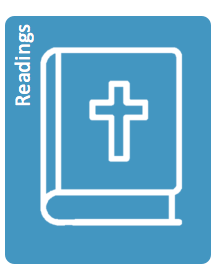 Readings
Readings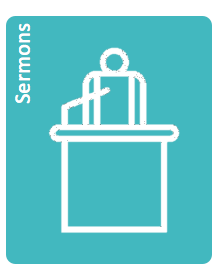 Sermons
Sermons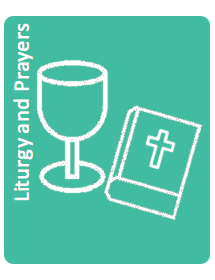 Liturgy & Prayers
Liturgy & Prayers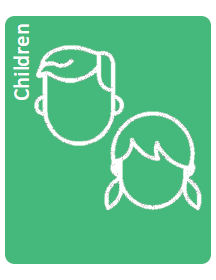 Children
Children Music
Music Visual Arts & Drama
Visual Arts & Drama